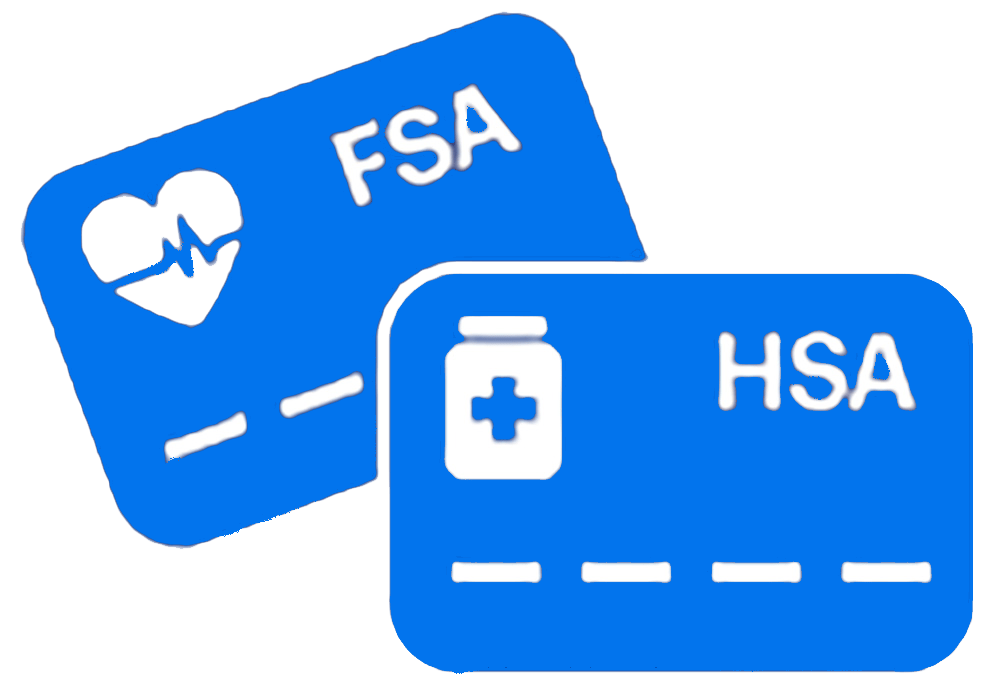Embarking on a journey towards better health and well-being requires patience and perseverance. Just like any worthwhile endeavor, progress takes time, and understanding the timeline of results can be crucial in staying motivated. In the realm of medical advancements, Semaglutide has emerged as a game-changer, offering hope to millions battling obesity and type 2 diabetes. This revolutionary drug has garnered significant attention for its impressive efficacy, but it’s essential to comprehend the journey it entails. From initial implementation to noticeable outcomes, the path to success with Semaglutide is a testament to the power of dedication and the importance of embracing the process. In this article, we will delve into the fascinating world of Semaglutide and explore the timelines of its results, enabling you to make informed decisions and set realistic expectations for your own health journey. So, fasten your seatbelts, and let’s embark on this remarkable voyage of patience and progress!
The Importance of Patience in the Pharmaceutical Industry
The pharmaceutical industry is a complex and highly regulated field that requires immense patience and perseverance. Developing a new drug involves years of research, rigorous testing, and countless trials. It’s not uncommon for a promising compound to fail at various stages of development. Patience is a virtue in this industry, as breakthroughs often take an extensive amount of time to materialize. However, the rewards can be life-changing. Semaglutide is a testament to the power of patience in the pharmaceutical industry.
Understanding the Timeline of Drug Development
The timeline of drug development can be lengthy and challenging to navigate. It typically consists of several stages, each with its own set of requirements and milestones. The journey begins with the identification of a potential compound, followed by preclinical testing in laboratories. These tests aim to assess the safety and efficacy of the compound in animals and determine its potential side effects. If the results are promising, the compound moves on to clinical trials involving human subjects.
Clinical trials are divided into phases, with each phase designed to answer specific questions about the drug’s safety, dosage, and effectiveness. Phase 1 trials involve a small group of healthy volunteers and focus on determining the drug’s safety and dosage range. Phase 2 trials expand the patient pool to evaluate the drug’s efficacy and side effects in a larger sample size. Phase 3 trials involve a much larger group of patients and aim to confirm the drug’s effectiveness while monitoring any rare side effects. If the drug successfully completes all phases of clinical trials, it can proceed to regulatory approval.
The Journey of Semaglutide – From Discovery to Clinical Trials
The journey of Semaglutide began with the discovery of a compound known as GLP-1 (glucagon-like peptide-1). GLP-1 is a hormone naturally produced in the body that helps regulate blood sugar levels by stimulating insulin secretion. Scientists recognized the potential of harnessing this hormone to develop a treatment for diabetes and obesity. Through years of research and refinement, Semaglutide emerged as a synthetic version of GLP-1 with enhanced stability and efficacy.
After the initial discovery, Semaglutide went through extensive preclinical testing to assess its safety and efficacy. Animal studies showed promising results, demonstrating the drug’s ability to lower blood sugar levels and promote weight loss. These positive findings paved the way for Semaglutide to enter the clinical trial phase.
Clinical trials for Semaglutide involved thousands of patients across different countries. The trials were designed to evaluate the drug’s effectiveness in reducing blood sugar levels, promoting weight loss, and managing other related health conditions. The results of these trials were remarkable, with Semaglutide consistently outperforming existing treatments in terms of efficacy and tolerability.
The Regulatory Approval Process for Semaglutide
Once the clinical trials were completed, the next step in Semaglutide’s journey was securing regulatory approval. The regulatory approval process ensures that new drugs meet stringent standards of safety, efficacy, and quality before they can be prescribed to patients. This process involves multiple regulatory authorities, such as the Food and Drug Administration (FDA) in the United States and the European Medicines Agency (EMA) in Europe.
To obtain regulatory approval, the drug manufacturer submits a comprehensive dossier containing data from preclinical and clinical trials, along with detailed information on the drug’s manufacturing process, safety profile, and proposed labeling. Regulatory authorities conduct a thorough review of the dossier, assessing the data, and scrutinizing all aspects of the drug’s development and testing. This review process can take several months or even years, depending on the complexity of the drug and the volume of data submitted.
The Impact of Semaglutide on Patients with Diabetes
Semaglutide has had a transformative impact on patients with diabetes, offering new hope and improved treatment options. The drug works by mimicking the actions of GLP-1, stimulating insulin secretion and reducing glucagon release, leading to better blood sugar control. In addition to its glucose-lowering effects, Semaglutide also promotes weight loss, making it an attractive option for patients with obesity and type 2 diabetes.
Studies have shown that Semaglutide can significantly reduce HbA1c levels, a key indicator of long-term blood sugar control. It has also demonstrated the ability to lower body weight in patients with obesity. These effects are particularly beneficial for individuals struggling to manage their diabetes and those who are overweight or obese. Semaglutide provides an effective treatment option that addresses multiple aspects of the disease, potentially leading to improved health outcomes and a better quality of life.
Conclusion
The journey of Semaglutide, from its discovery to its impact on patients with diabetes, exemplifies the power of patience and progress in the pharmaceutical industry. Understanding the timeline of drug development and regulatory approval processes is crucial in setting realistic expectations for new treatments. Semaglutide’s success story serves as a reminder that breakthroughs take time and require a dedicated approach. As patients, it’s important to stay informed, be patient, and trust in the process. The remarkable results achieved with Semaglutide offer hope for a brighter future, not only for those living with diabetes but for the entire field of medicine. So, let us embrace the journey of patience and progress, knowing that the wait is worthwhile when it comes to life-changing advancements like Semaglutide. Call us today at 205-352-9141.










